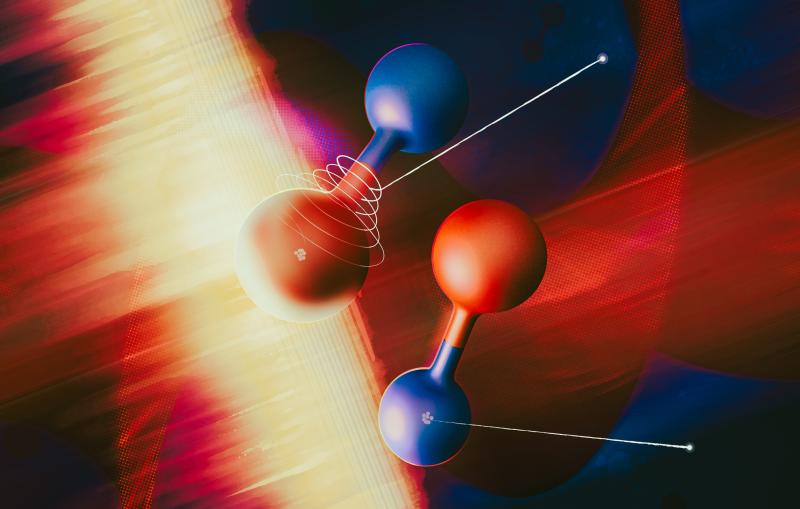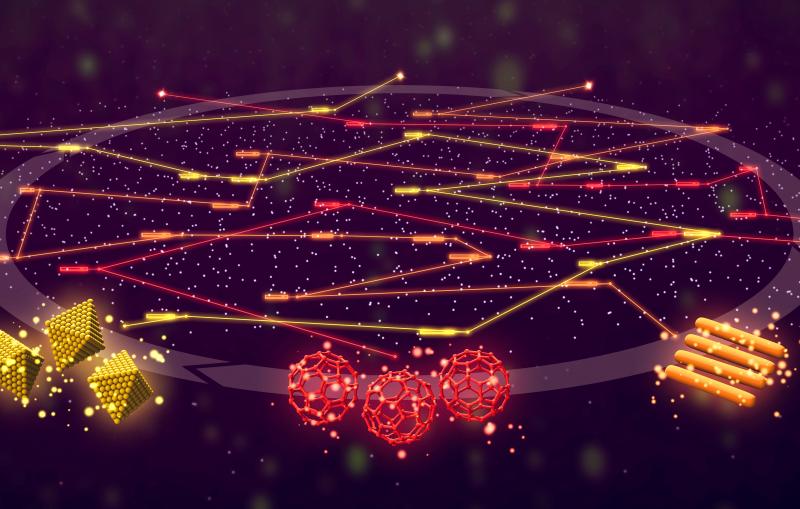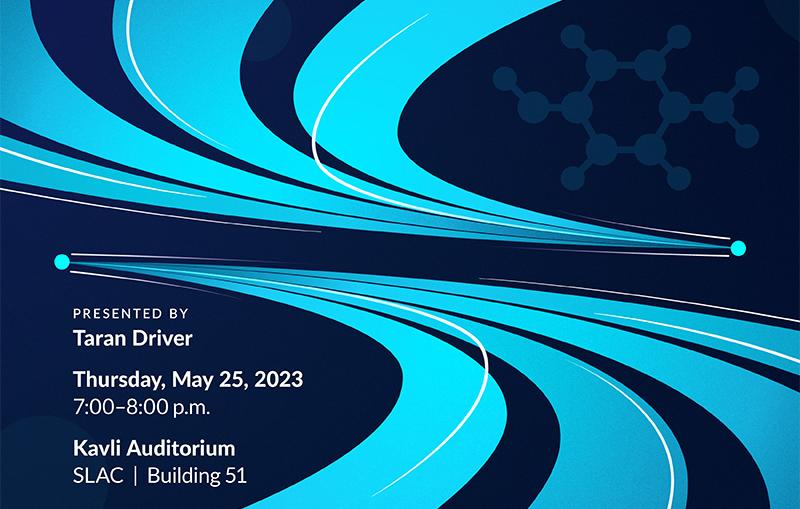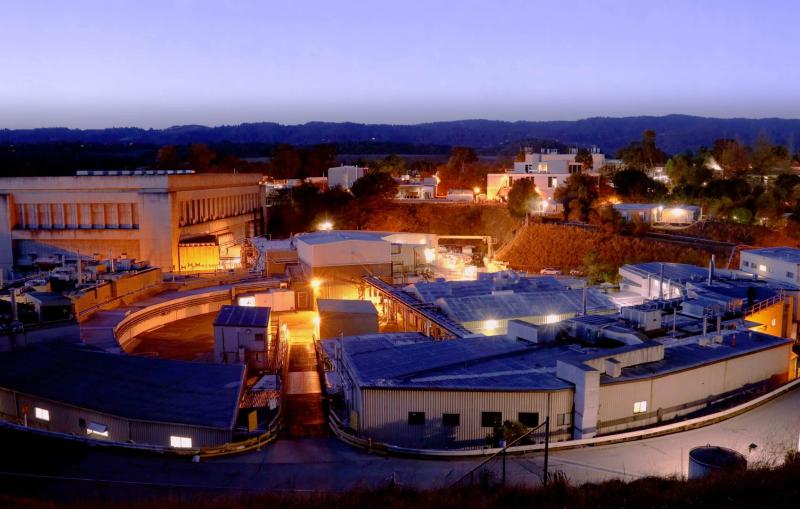so sound travels a foot in one
millisecond if I go another factor of a
thousand I'm at a microsecond another
factor of a thousand is at a nanosecond
that's how long it takes light to travel
a foot if I go note another factor of a
thousand I'm at a picosecond and another
factor of a thousand
is a femtosecond so the first steps in
the chemical reactions that happen in
your blood with the heme group moving
oxygen around or photo absorption in
light harvesting in the plants in your
garden or even the formation of plaques
in your blood that give you diabetes or
degenerative diseases the first steps in
all of these happen on the femtosecond
time scale
the field of ultra-fast science has been
used in chemistry for probably 10 20
years now and it's delivered much of the
fundamental understanding of how light
interacts with molecules and so the idea
is now we can make these molecular
movies because we have now x-rays that
can probe the molecules at exactly that
natural timeframe of the reaction now
that we have x-rays to see at the scale
of molecules and we have the time frame
with femtoseconds that are on the scale
of how fast these molecules move how
they change their shape we can start to
look at why nature made the molecules
the shapes that she did and so that's
where I think science has finally gotten
us to this level where we can look at
the time frame of the individual
molecules during the reaction
[Music]





